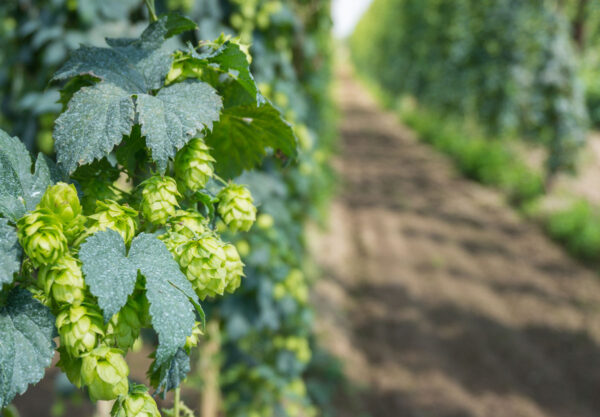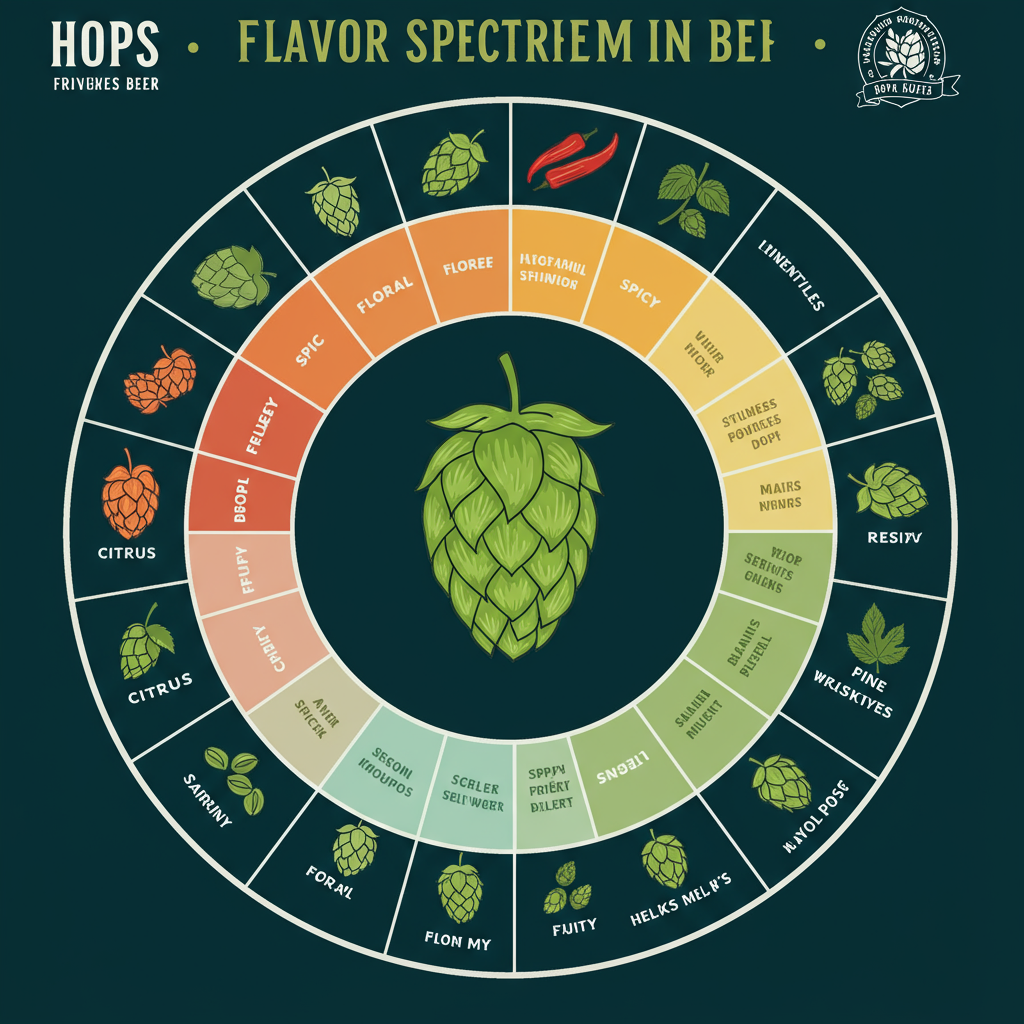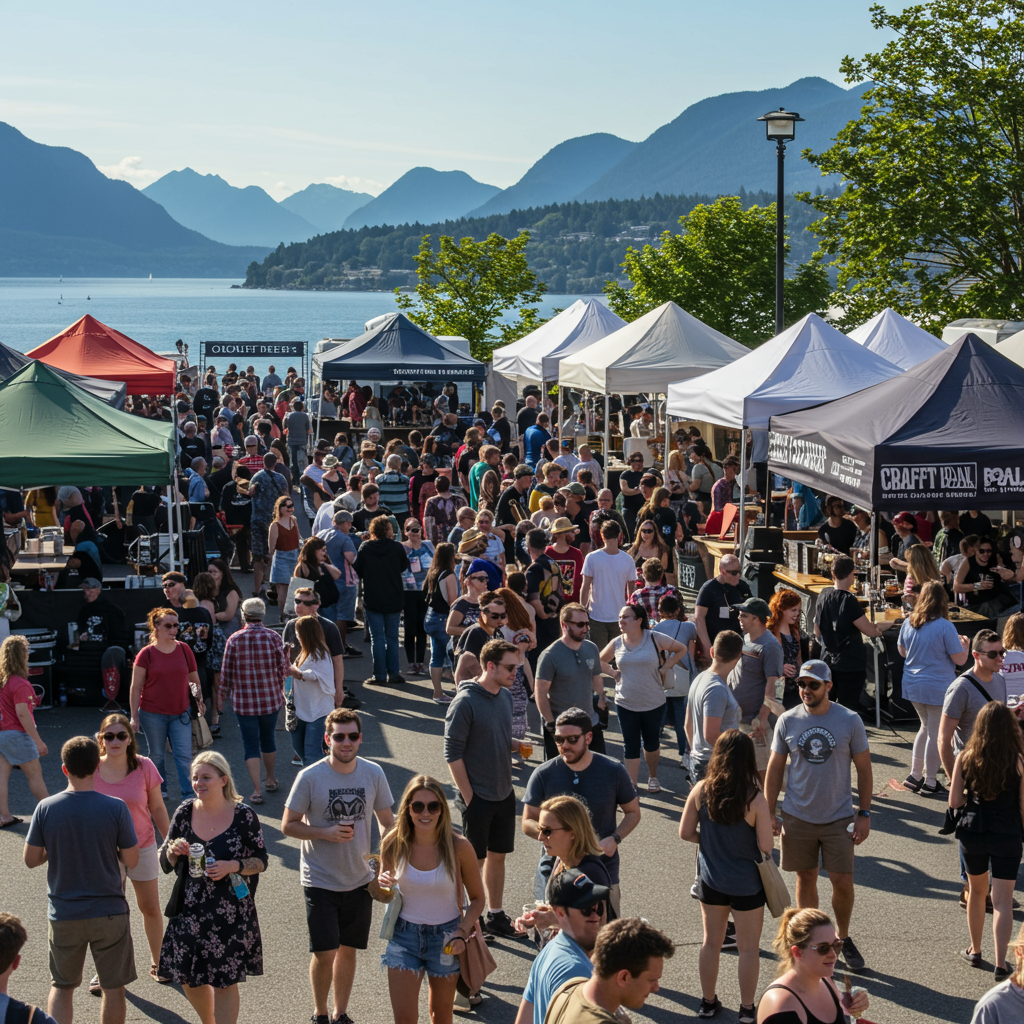
The Good, the Bad, and the Ugly of Hops
Hops play a pivotal role in shaping the flavors and aromas of beer, acting as the spice rack in the ardent world of beer crafting. These verdant cones can elevate a brew to new dimensions of flavor or, on the downside, introduce unexpected and unwelcome overtones. Let’s explore the spectrum of hop-driven tastes that await your palate, aiming to make every sip an educated indulgence.
The Good: Hop Heaven
When utilized with precision, hops bring an orchestra of flavors that beckon beer enthusiasts to their next pint. Picture a sunlit afternoon or an intimate dinner, complemented by notes of juicy grapefruit or tangy lemon provided by renowned Cascade and Centennial hops. These citrusy overtones are rejuvenating and adept at cutting through richer meals, offering a refreshing counterbalance.
Move beyond citrus, and you encounter a parade of tropical fruits with hops that infuse flavors akin to mango, passionfruit, or berries. Hazy IPAs thrive on these modern varieties, delivering a sweet and exotic beverage experience. Then there are the floral notes—think roses and lavender—that infuse beer with a sophisticated complexity, culminating in aromatic enchantment.
Hops also venture into the more earthy spectrum, evoking herbal and pine-infused tones. These flavors, often found in classic American IPAs, equip beers with a distinctive bitterness, harmonizing beautifully with the malt’s inherent sweetness.
The Bad: Hop Hiccups
Not all hop effects are cause for celebration. Some, while not disastrous, present a peculiar challenge to overcome. Grassy or hay-like notes, reminiscent of a countryside stroll, can sometimes hint at improper storage or oxidation. While they may add a rustic twist, too much of these can detract from a beer’s allure.
Occasionally, flavors such as creamed corn might crop up, typically stemming from malt but further influenced by hops. Known as DMS, it’s usually innocuous but can turn unpleasant at higher concentrations. Some brews may also encounter an overzealous spice, where initially inviting peppery notes become overwhelming, pushing the palate beyond its comfort zone.
The Ugly: Hop Horrors
Sadly, not all hop experiences are savory. Some can haunt the palate, prompting a quick retreat. A beer emanating cheesy or rancid notes signifies mishandled or aged hops, a clear signal to search for an alternative brew. Hop burn, with its sky-high bitterness, often results from aggressive dry hopping, synonymous with an unwelcome medicinal aftertaste.
Vegetal nuances, like beans or celery, emerge from specific varietals or brewing missteps, while skunky aromas arise when beer encounters excess light exposure. Brewers must vigilantly shield their creations to avoid these pitfalls. Recognizing and appreciating these distinctions can enhance one’s appreciation for the craft behind each glass, ensuring more pleasant hoppy encounters await. Cheers to embracing the heavenly hops and avoiding the horrors!
Matt Poirier
Matt is a Certified Cicerone®, beer educator, consultant, and columnist based out of Victoria, BC. For more insights, visit Matterofbeer.com.
#CraftBeer #BreweryTours #HopJourney #BeerLoversUnite #AmericanIPAs




